Arduino-powered Edison Bulb clock
One of the most popular types of DIY build are those in the steampunk style, where archaic technology is given a modern-day refresh, or modern ideas are styled in the trappings of 19th and early 20th century materials.
A key inspiration to the steampunk genre is Thomas Edison, often described as America’s greatest inventor, who acquired 1093 patents during his lifetime. Among them is the incandescent electric light bulb, a key feature of the stunning clock you can see in the video above.
Filament bulbs are also known as ‘Edison bulbs’ after the inventor, and although they’re rarely used these days, they have been replicated, steampunk style, thanks to the technology of LED.
LED filament bulbs are the key feature of this clock, replacing the more commonly seen seven-segment LEDs in displaying the current time. Constructed from a brass frame, and controlled via an Arduino, the clock features a spider’s web of wires, to support and power the LEDs.
Built by DIYer Andy Pugh (who has outlined the build in his Instructable), he observes that the finished clock is “oddly reminiscent of the cobwebs with writing in from the book ‘Charlotte's Web’.” Pugh also warns that the clock is potentially dangerous to touch, running “80V on the bare metal frame. But using an isolating DC-to-DC converter and power supply means that it is possible to touch the frame and not get a shock. Or at least I haven't.”
Featuring an Arduino, copper wire, four DS8880 VFD drivers, a minimum of 28 LED filaments (with around 25% more required to cover breakages), a DC to DC converter, 47µF 5V capacitor, 4.7nF 100V capacitor, a DC input socket, 60kHz (or similar) receiver module and antenna (for syncing with a clock server), various materials are employed to build and support the clock. A custom control PCB is also featured, which Pugh has detailed in a previous Instructable. Meanwhile, code for the build can be found at GitHub.
This is one of those projects that looks simple, but takes quite a bit of building. One look at the wires out of sight in the base unit might just put you off attempting anything similar!




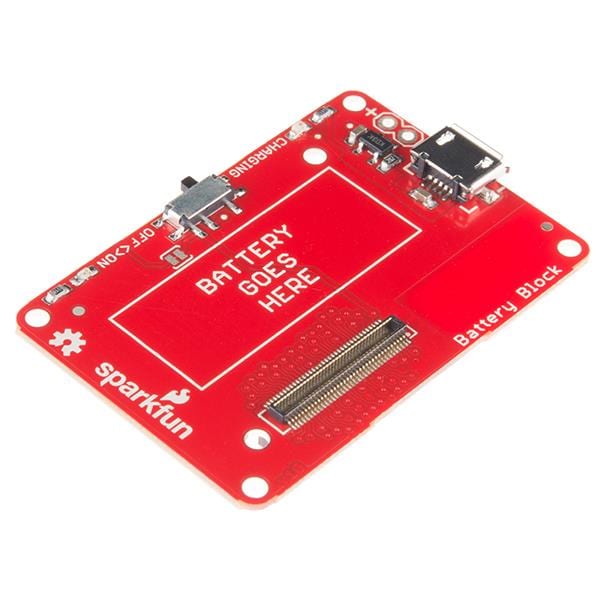

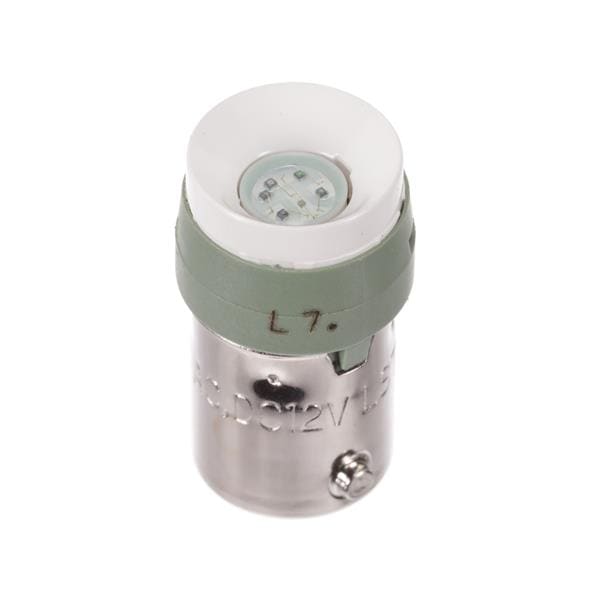
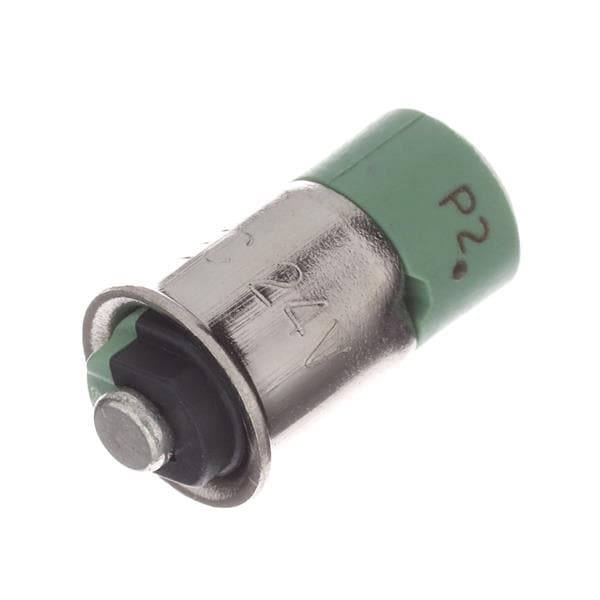

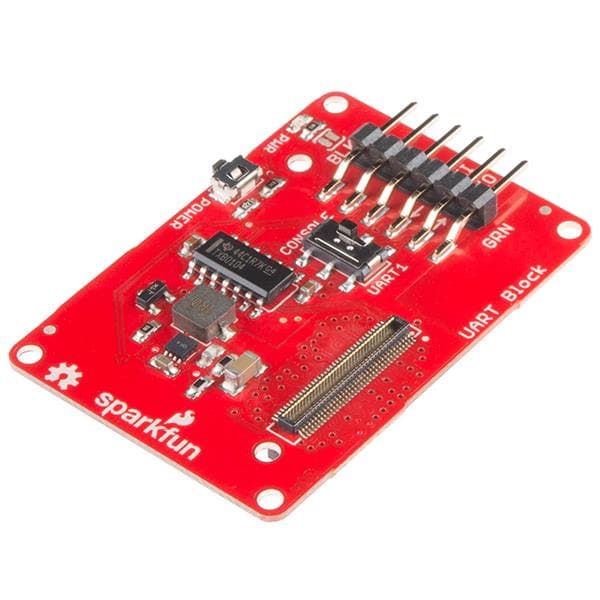
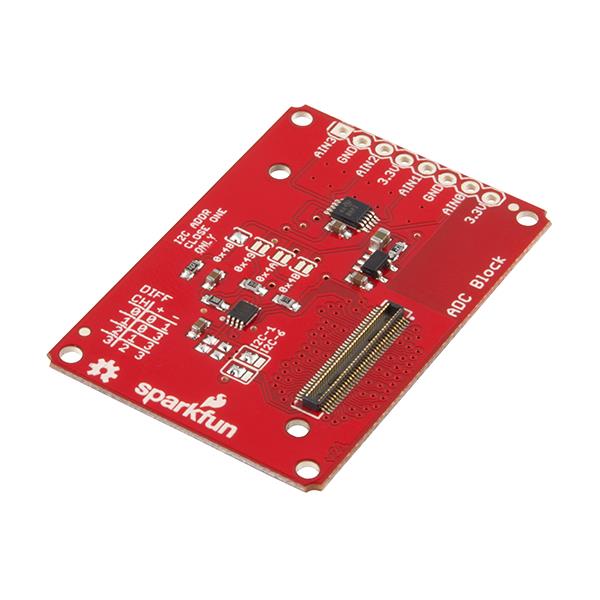
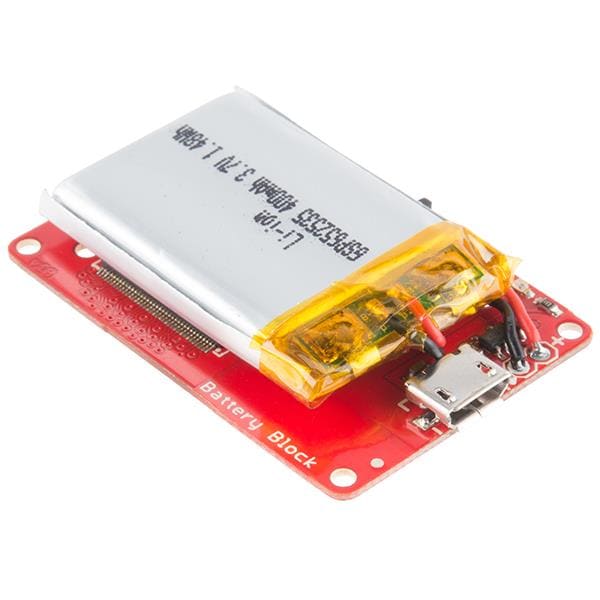
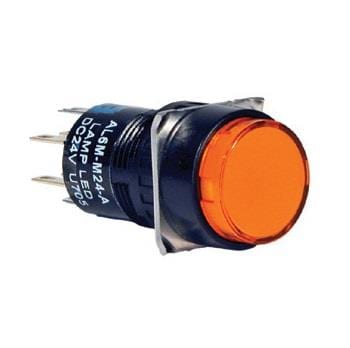
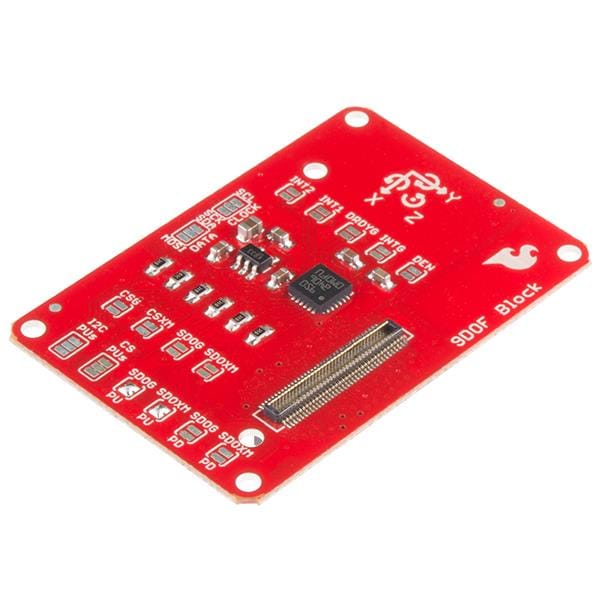







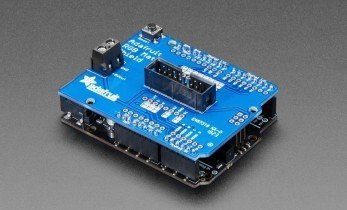
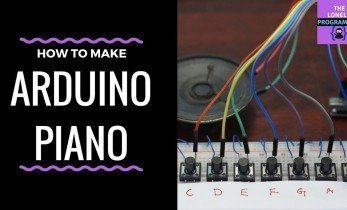


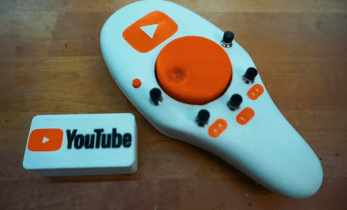


Leave your feedback...